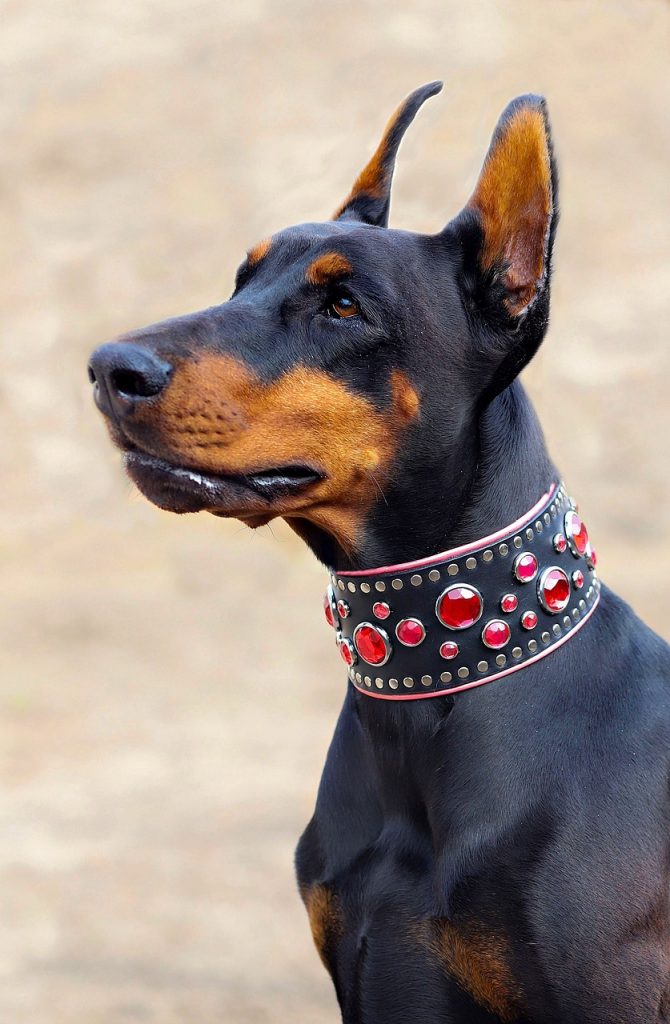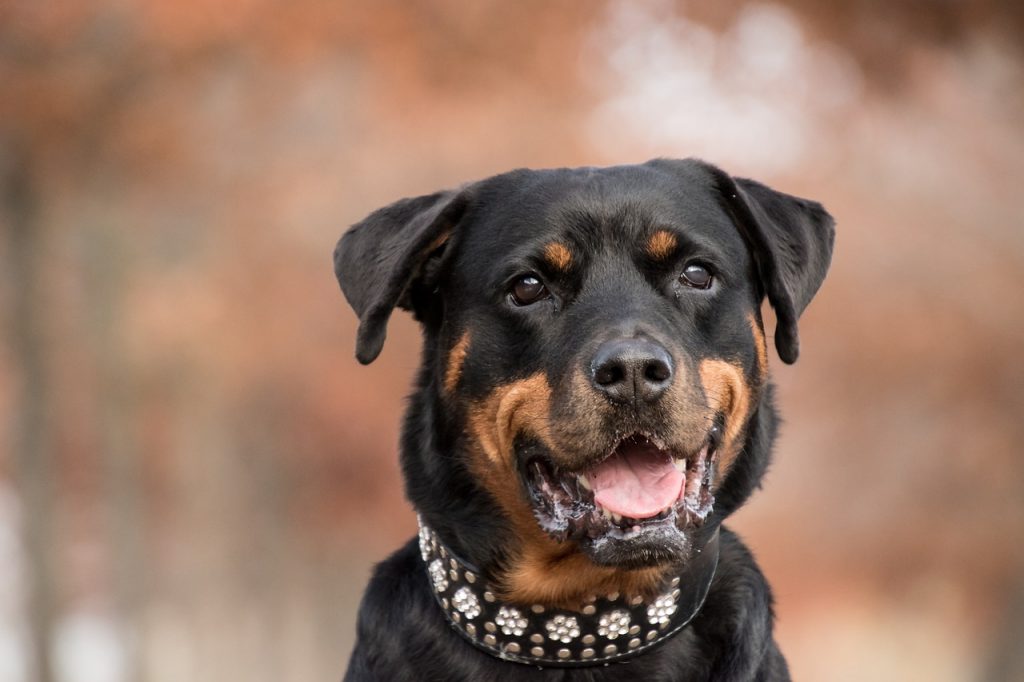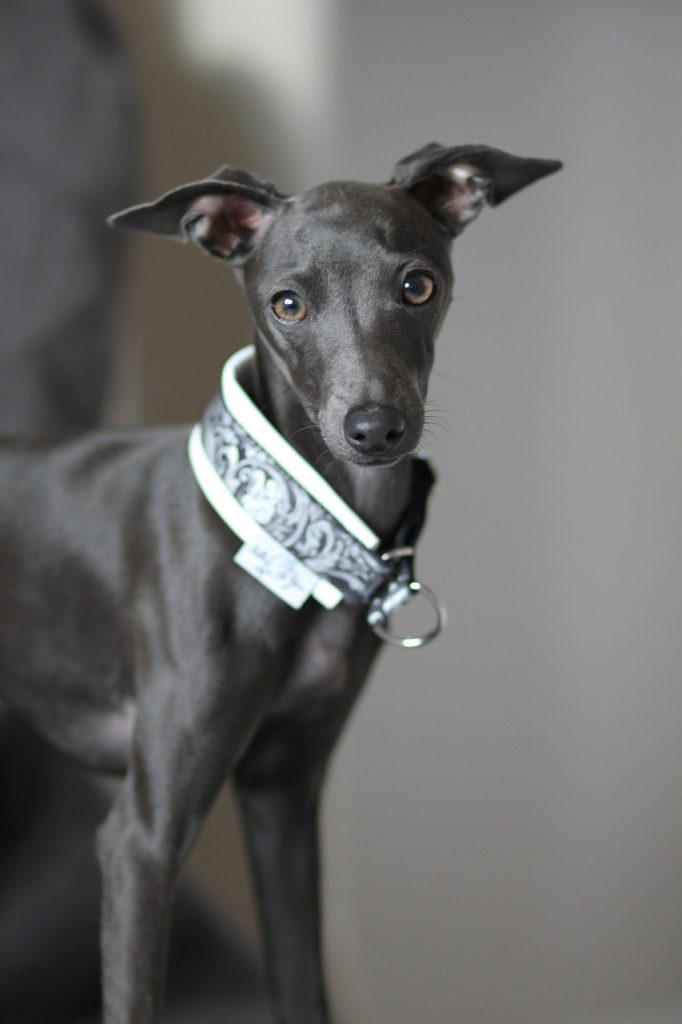Selecting the right dog collar isn’t just about style—it’s about comfort and safety. How tight should a dog collar be? This question haunts many pet owners. Too loose, and the dog might wriggle out. Too tight, and you risk causing them discomfort or even injury. Let’s dive deep into the subject.

Why the Correct Collar Fit Matters
It’s not just about aesthetics. The fit of a dog collar can significantly impact the well-being of your furry pal. A too-tight collar can:
- Choke your dog, making it hard for them to breathe.
- Rub against their skin causing abrasions.
- Put undue pressure on the trachea, leading to long-term injuries.
On the other hand, a collar that’s too loose can easily snag on objects or even allow your dog to slip out.
Understanding the Science Behind Dog Collars
Recent studies have tried to address the age-old question of collar tightness and its impact on dogs. Here are some enlightening findings:
- Studies indicate that flat collars, padded collars, and even wide-fitting ones can exert harmful pressure on a dog’s neck.
- The force exerted by a flat collar on a pulling dog is enough to risk damage to their neck.
- The design, material, and the direction of exercise play a role in the pressure and forces applied to a dog’s neck.
- No significant evidence suggests dogs pull more when wearing a back-connection harness.
From these studies, it’s evident that a harness or martingale collar may be better choices than a traditional flat collar.

Measuring for the Perfect Collar Size
So, how tight should a dog collar be? Here’s a step-by-step guide:
- Measurement: Use a measuring tape to measure your dog’s neck. Add 2 inches to this measurement for breathing room.
- Test with Fingers: Once you’ve secured the collar, you should be able to slip two fingers between the collar and your dog’s neck comfortably.
- Check for Movement: The collar should not rotate too easily, nor should it stay stuck in one position.
Breeds and Collar Sizes
Different breeds have distinct neck sizes and shapes. Small breed dogs often have delicate necks, while large dog breeds might require sturdier collars.
- Small Breeds: Soft, lightweight collars are ideal.
- Large Breeds: Durable collars with a snug fit work best.
Always consider your dog’s physical characteristics when choosing collar sizes.

The Role of Training in Collar Safety
While the right fit is essential, training your dog to walk calmly on a leash is equally vital. Avoid leash corrections as they can enhance the risks associated with collar pressure.
FAQs
- What type of collar is best for my dog?
- It depends on your dog’s size, breed, and behavior. However, harnesses or martingale collars are generally safer than flat collars.
- How often should I check my dog’s collar size?
- Regularly! Especially if they’re still growing or if their weight changes.
- Can I just use a harness?
- Absolutely. Many trainers and vets recommend harnesses as they distribute pressure more evenly and prevent neck strain.
- Do padded collars help?
- They can provide added comfort, but it’s the fit that’s crucial, not padding alone.
- Are choke collars safe?
- They can pose risks if not used correctly. It’s always best to consult with a professional dog trainer before using one.

Conclusion
Determining how tight a dog collar should be required a blend of careful measurement and keen observation. Prioritize your dog’s comfort and safety above all else, and when in doubt, consult a professional.


